Croton Variegatum Duck Foot, Tishul Croton, Codiaeum Variegatum Duck Foot – Plant
₹500.00 Original price was: ₹500.00.₹449.00Current price is: ₹449.00.
(MRP Inclusive of all taxes)
- Shipping Rs 100 for entire order
- Dispatch in 8-10 days
- Country of origin: India
Description for Croton Variegatum Duck Foot, Tishul Croton, Codiaeum Variegatum Duck Foot
Crotons are incredibly varied plants that are often grown as a houseplant. The croton indoor plant has a reputation for being fussy, but in reality, if you know about caring for a croton houseplant properly, it can make for a resilient and hard-to-kill plant. The croton plant is often grown outdoors in tropical climates, but also make excellent houseplants.
Crotons come in a wide variety of leaf shapes and colors. Leaves can be short, long, twisted, thin, thick and several of these combined.
Planting and care
Croton is propagated by stem cutting and air layering.
1. Stem Cuttings Propagation by rooting a stem from a healthy, mature plant is a method commonly used to propagate croton and many other houseplants. Rooting involves cutting a stem with at least three sets of leaves. A wound is created by removing the bottom set of leaves, and new roots form at the wound site. The stem is planted in a container filled with the lightweight potting mixture and then covered with plastic to create a greenhouse atmosphere.
2. Air Layering Air layering is a propagation technique in which a stem is rooted while it’s still attached to the plant. The process involves making a diagonal cut through one-third to one-half the diameter of the stem. The wound is treated with rooting hormone and kept open with a piece of toothpick or matchstick. Damp sphagnum moss is packed around the area, with the moss carefully covered with plastic wrap. When the stem roots, it is planted in a container filled with lightweight potting soil or a mixture of ingredients such as perlite, sand and peat moss.
Caring for Croton Variegatum Duck Foot
- Croton likes bright sunlight but benefits from partial or filtered shade during hot summer afternoons. Too much sunlight bleaches the colors in the leaves.
- Water croton until water trickles through the drainage hole when the top of the soil feels dry, and then allow the pot to drain freely.
- Croton is a light feeder that benefits from a monthly fertilization schedule. Use an organic fertilizer.
- Re-pot indoor croton every two years to encourage healthy growth.
Typical uses of Croton Variegatum Duck Foot
Special features: The colorful foliage and air purification ability.
Ornamental use: Can be used for Container, Foundation, Hedges, Houseplant, Mixed Border, Screening, etc.
Be the first to review “Croton Variegatum Duck Foot, Tishul Croton, Codiaeum Variegatum Duck Foot – Plant” Cancel reply
Related products
Indoor Foliage Plant
Indoor Foliage Plant
Air Purifying Plants
Sansevieria trifasciata, Snake Plant (var. laurentii) – Plant
Indoor Foliage Plant
Indoor Foliage Plant
Indoor Cactus & Succulents
Indoor Creepers & Ferns
Indoor Plants





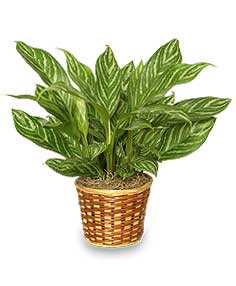

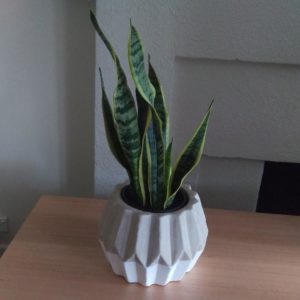
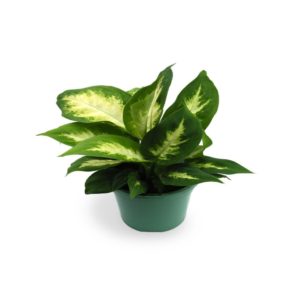
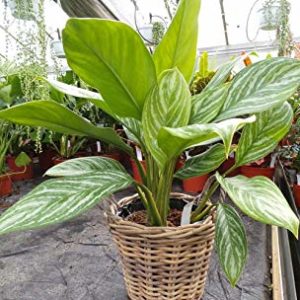
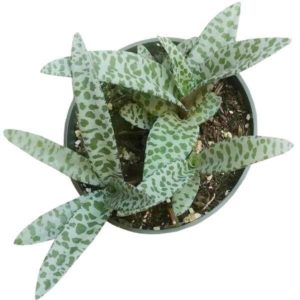

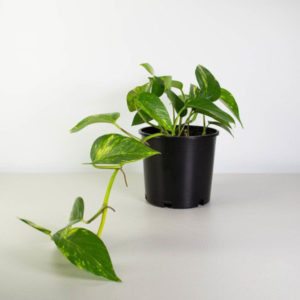
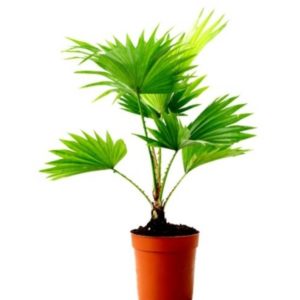
Reviews
There are no reviews yet.